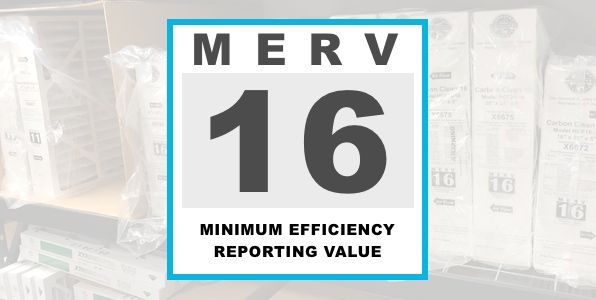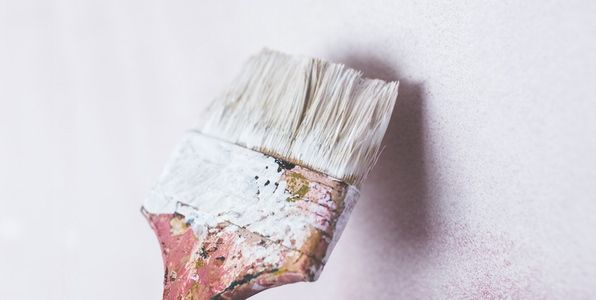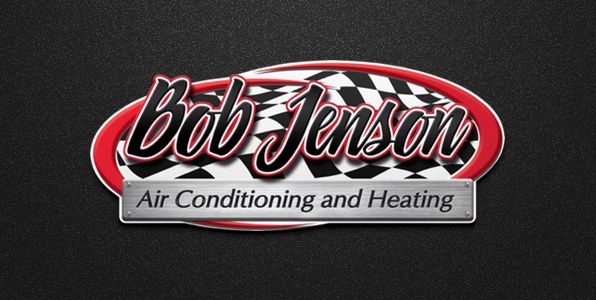7 Common Air Contaminants and Their Impact on Your Health
How Indoor Air Can Affect You
What comes to mind when you think of air pollution: Car emissions? Smog? Soot? While outdoor air pollution can be a danger to your health, your indoor air can also contain as many, if not more, pollutants. In fact, certain particles and gases in your indoor environments — whether that’s home, workplace, or office — might be the direct cause of certain health issues.
Low indoor air quality can be responsible for anything from mild discomfort to dangerous health risks. The more you know about indoor air pollution, the easier you can filter and clean your air. Here are some of the most common (and potentially dangerous) air contaminants and how they may impact your health.
Carbon Monoxide
Created from the combustion of fossil fuels, wood, charcoal, propane, and gas, this odorless, colorless gas prevents oxygen from circulating throughout your body tissues — so the higher the carbon monoxide levels, the more your health is negatively affected. In the absence of proper ventilation, carbon monoxide can build up without you knowing it.
The impact of carbon monoxide can vary, and common symptoms include:
- Confusion
- Blurred vision
- Elevated heart rate
- Shortness of breath
- Vomiting and nausea
- Weakness and dizziness
Asbestos
Asbestos is often considered a thing of the past after it was very publicly linked to specific health issues. While it’s less common today, it’s still an issue in many older buildings.
Asbestos is a group of naturally-occurring minerals found in older building components like insulation or floor tiles. While the materials aren’t hazardous when their fibers are intact, inhaling broken fibers can cause health issues if they get trapped in your lungs.
Symptoms and signs of asbestos-related diseases can remain dormant for years following exposure. Asbestos may cause:
- Tightness and pain in your chest
- Anemia and fatigue
- Blood in your lungs
- Shortness of breath
- A persistent cough
Secondhand Smoke
Secondhand smoke is a common pollutant in many environments. Though public areas and office buildings are less affected, residences and bars can still expose you to environmental tobacco smoke. It is assumed that secondhand smoke isn’t as dangerous as smoking, but studies have shown that it can seriously harm a person’s health over time.
Common symptoms of short and long-term exposure to secondhand smoke include:
- Wheezing
- Coughing
- Pneumonia
- Eye irritation
- Lung cancer
Pet Dander
Pet dander is comprised of the particles your beloved furry friends release into the air and most commonly contain fur and skin particles. Pet dander is more dangerous if you suffer from allergies, but it can also take a toll on a healthy immune system due to constant exposure.
Some symptoms caused by pet dander include:
- Sneezing and coughing
- Running nose
- Itchy and dry eyes
- Pain in your chest
- Breathing difficulties
- Headaches
With these health risks in mind, it’s crucial to clean up after your pets regularly.
Lead
Lead is a natural element in the water, soil, and air; however, when ingested in high doses, it can be highly toxic. You often find lead in plumbing materials, pipes, old batteries, and gasoline. Once you inhale this substance, it circulates through your body via your bloodstream and gets stored in your bones. Over time, the lead buildup can impact everything from your nervous system to your brain.
Some of the symptoms of lead poisoning include:
- Anemia
- Hearing problems
- Slow development
- Low IQ
- Behavioral or learning problems
Mold
Mold spores are another common pollutant that, when inhaled frequently, lead to health issues. Moisture allows mold to grow and thrive, which releases tiny spores into the atmosphere. When you breathe these spores in, it causes serious damage to your health with problems like pneumonia, asthma, sinusitis, and other afflictions. Some types of mold are more dangerous than others, but all mold is known for causing respiratory issues.
Common symptoms of mold exposure include:
- Throat irritation
- Eye irritation
- Itching
- Wheezing or coughing
- Sneezing
Volatile Organic Compounds (VOCs)
VOCs include a wide range of chemicals that appear in products you use each day, such as cleaners, solvents, degreasers, and household cleaning agents. These substances can also be found in colognes and perfumes.
Consistent exposure to VOCs can cause:
- Dizziness
- Headaches
- Liver, kidney or central nervous system damage
- Nose, throat and eye discomfort
- Lack of coordination
- Coughing
If you’ve noticed any of the signs or symptoms above, it’s important to work on improving your air quality as quickly as possible. Look into ways to help filter your indoor air and reach out to the experts at Bob Jenson to find out how your HVAC can help deliver quality, contaminant-free air to keep your family safe.











